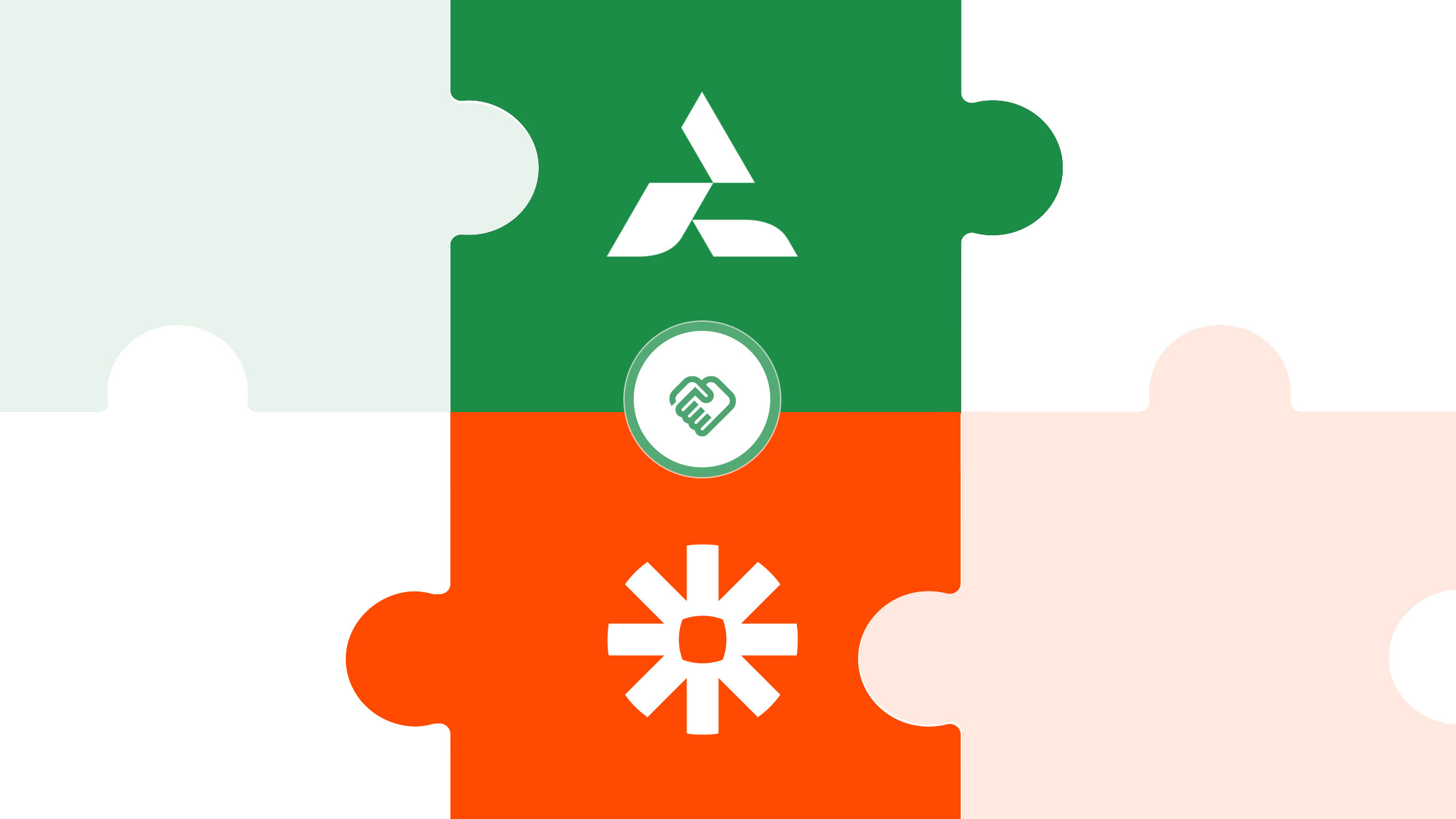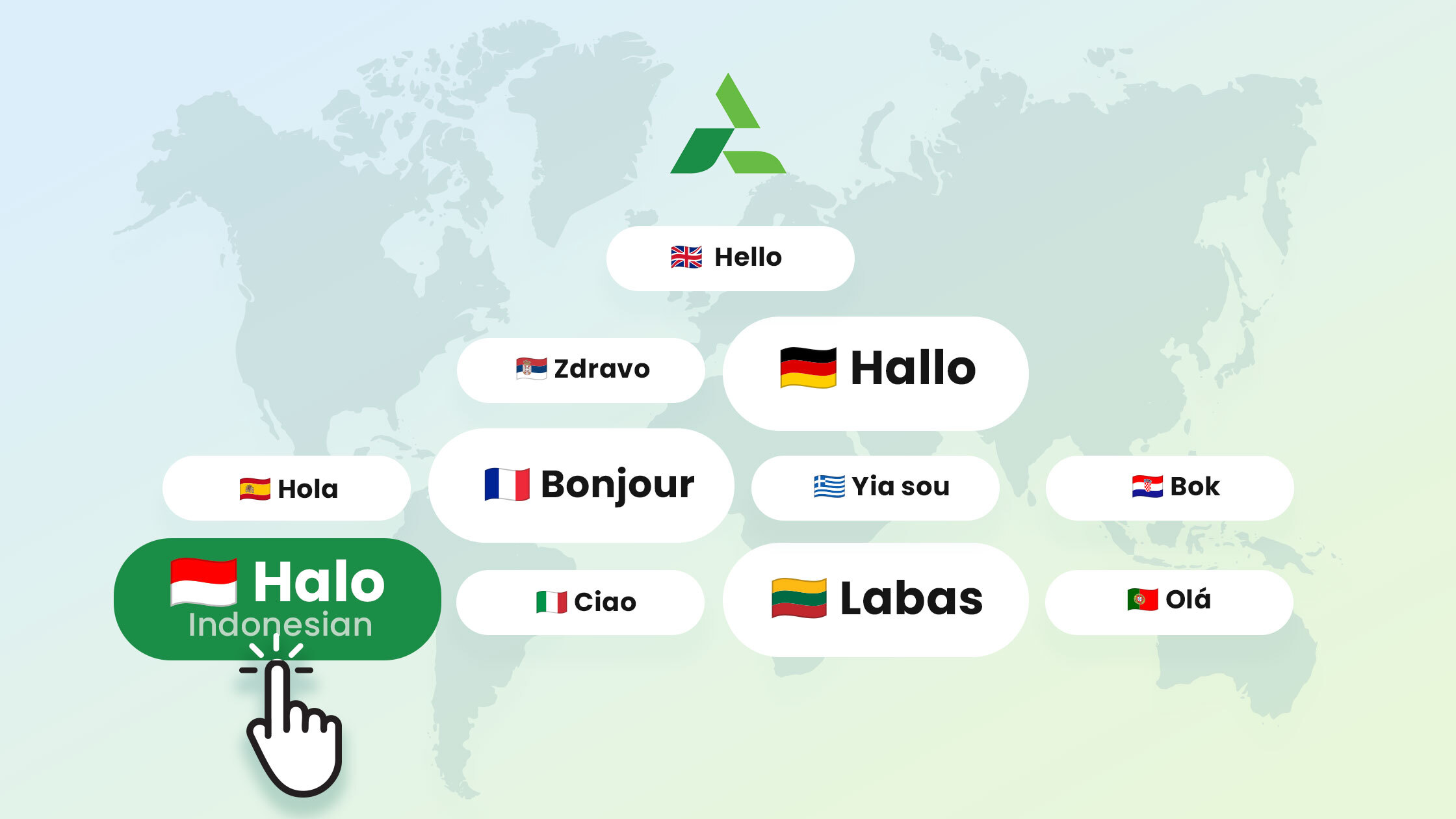You work hard to wow your guests and ensure a delightful experience. Your vacation rental decoration is on point, the property is sparkling clean, and you even welcome guests with small perks and treats. But, before they get to know you and your cozy rental, they’ll form their first impressions after reading about your listing online.
More often than not, they’ll check your website and read some of your blog posts to see what you’re all about and if you are a good fit.
If that statement makes you shiver, it means you’re not exactly happy with your website. Don’t worry: you can fix that. If the design is what’s bothering you, then make sure to install a professional-looking template to give it a facelift. If you’re already a Tokeet user, you already have a beautifully designed website so this might not apply to you.
However, If the content is the problem, then you have some work ahead of you. We can get through it together though!
Here’s what to include on your vacation rental website to hook readers and increase SEO ratings:
1. Vacation Rental Description
Your listing description should tell a story and paint a picture about how your guests will feel by spending a few days there. Details like the number of rooms and amenities are important, but they don’t excite people.
Yes, sometimes these details can help prospects make a decision, but a creative copy that highlights your strengths can make the difference. People want to know if the vibe of the rental meets their needs. And, while they could get an idea through photos, why not just tell them? If you offer them a luxury experience at a bargain, then convey that in your rental description, and tell them exactly how luxurious the place is.
2. Tips on the Surroundings
Information is readily available nowadays, and anyone could learn everything they need to know about the place they’re visiting. But since you’re a local, you can create a helpful guide for potential guests and recommend those nice places that won’t really appear on the first page of a Google search.
Giving people this information can show your very useful insights into local tourism. Moreover, guests will know they can turn to you for more things they might need during their stay.
3. An Event Calendar
You can also include an event calendar on your website or a section that gathers the most important moments from the area. For instance, perhaps there is an annual festival you could write about, and recommend people to come and stay at this time. You can present other events too that might spark people’s interests.
An event calendar tells people what they can do while staying in your vacation rental, and it might be the extra element that lets them decide to book.
4. Where Tos
Add some of the best restaurants, cafes, or bars in the area and write reviews on them. You can choose to organize them based on how close they are to the venue, their rates, or whatever other criteria you think guest may find relevant.
It’s again about showing your expertise of everything from the area. Try to include a variety of types of restaurants or cafes, since you never know what people will prefer.
5. Strike Some Deals (and brag about them)
Local venues might be interested in partnering up with you to offer a discount for guests. Even just 10% off a lunch can be appealing enough for people and make them want to stay at your rental.
So go around town and see if you can find these venues. They’ll give the discount, and you send guests their way. Be sure to write about all these deals on your website to let people know of all the perks of booking your vacation rental.
6. Think of the Various Types of Guests
People like to have things tailored-made for their needs, and you can take that and reflect it in your content. Think of the type of people who generally book your rental, and offer them content specifically for them.
For instance, if you regularly have families with children, write about kids-friendly things they can do in the city.
Having loads of content on your website can help you with your SEO needs, but what you tell people through the content is what converts a user into a guest. The secret here is to stick to things that will genuinely interest potential guests and lay off boring “about me” stuff.





